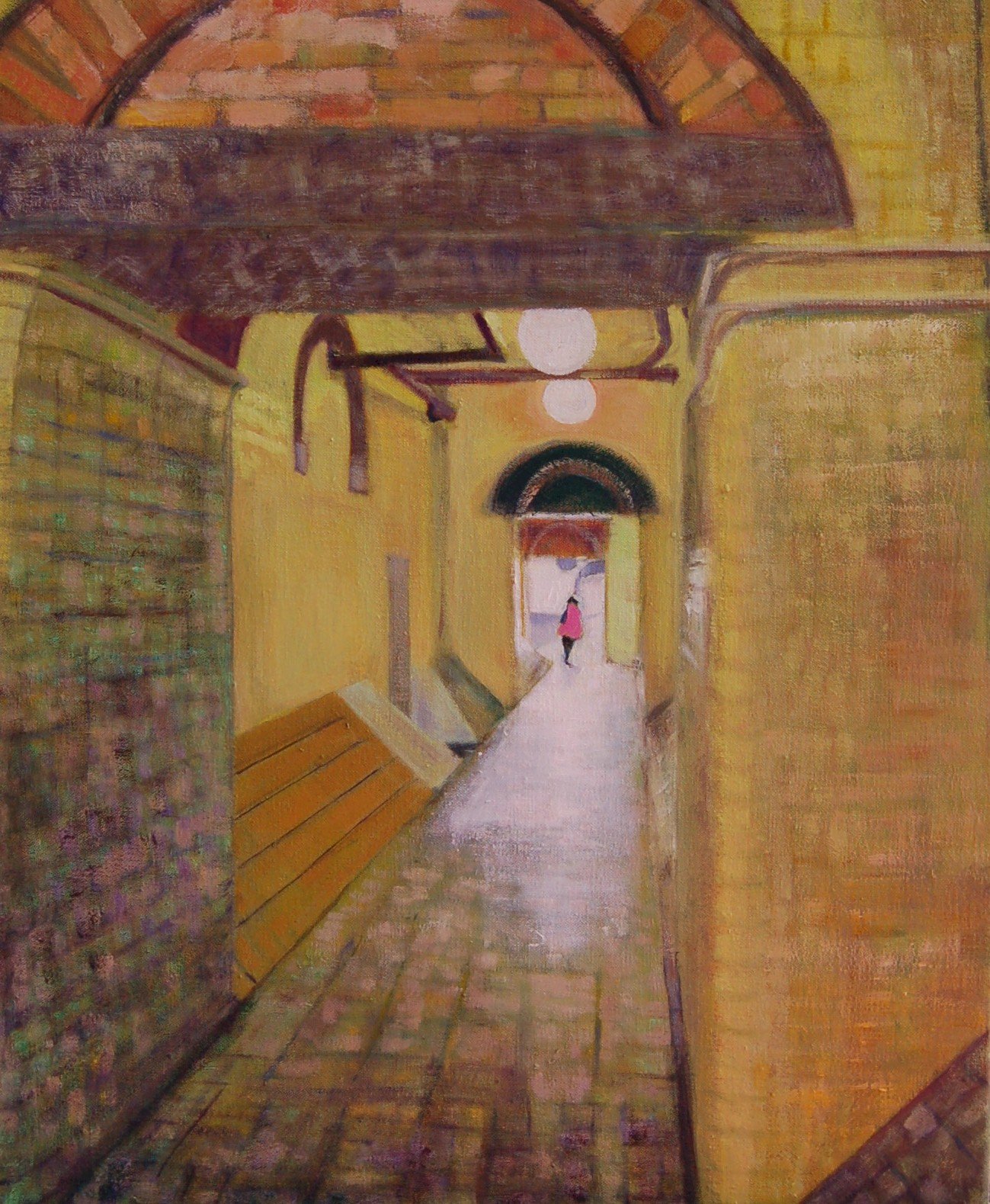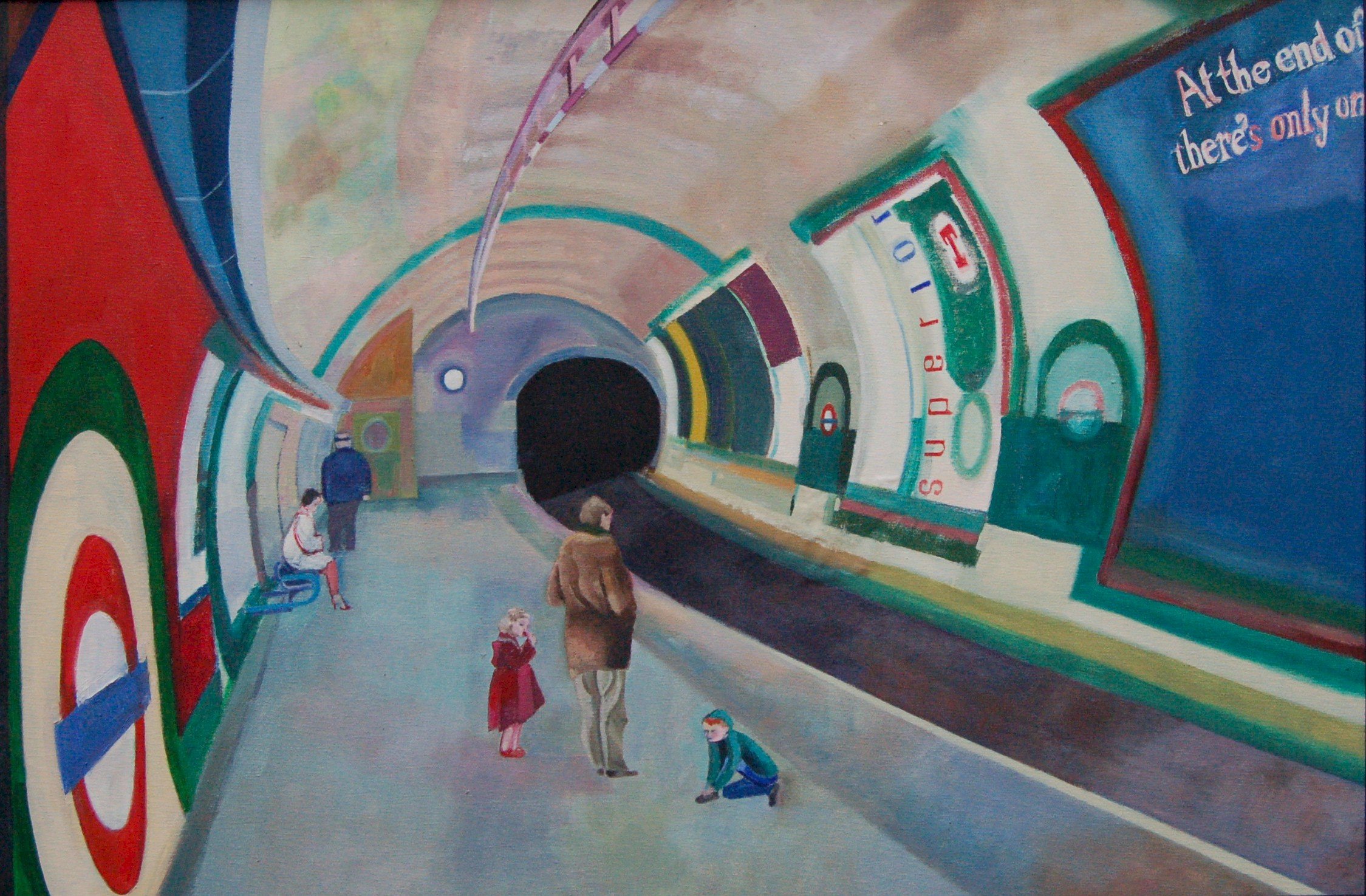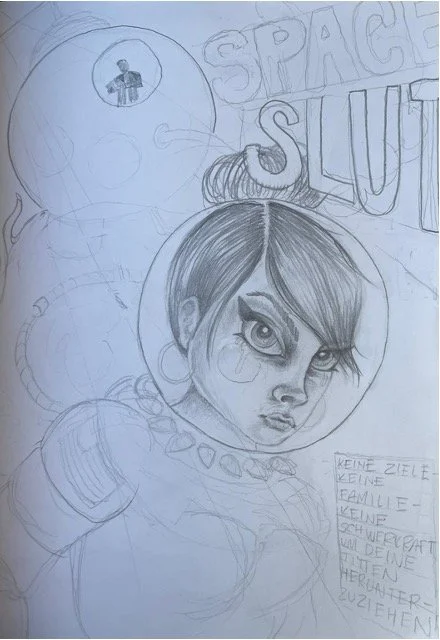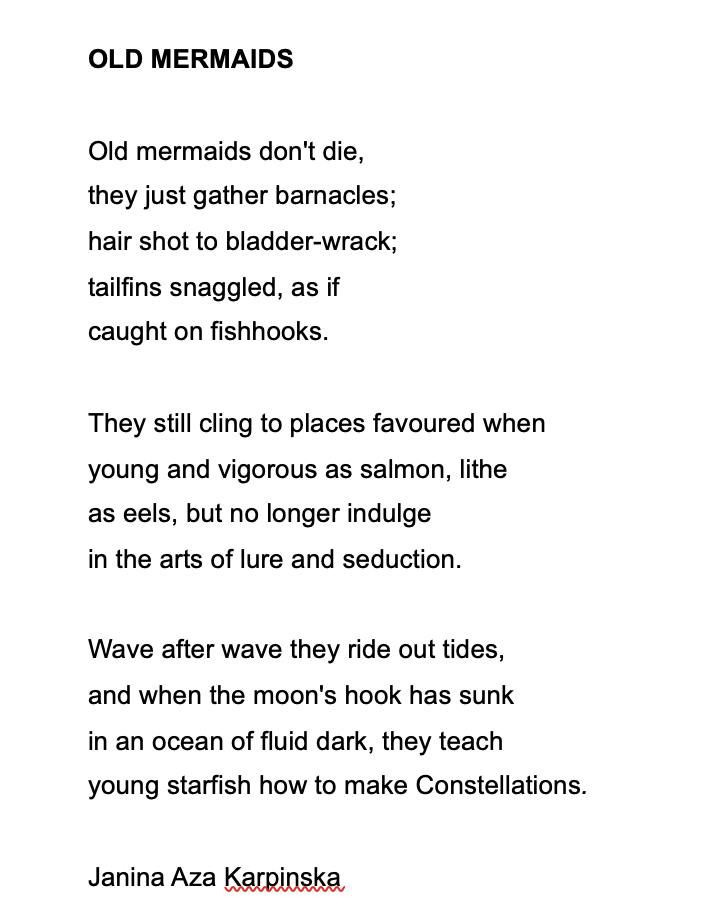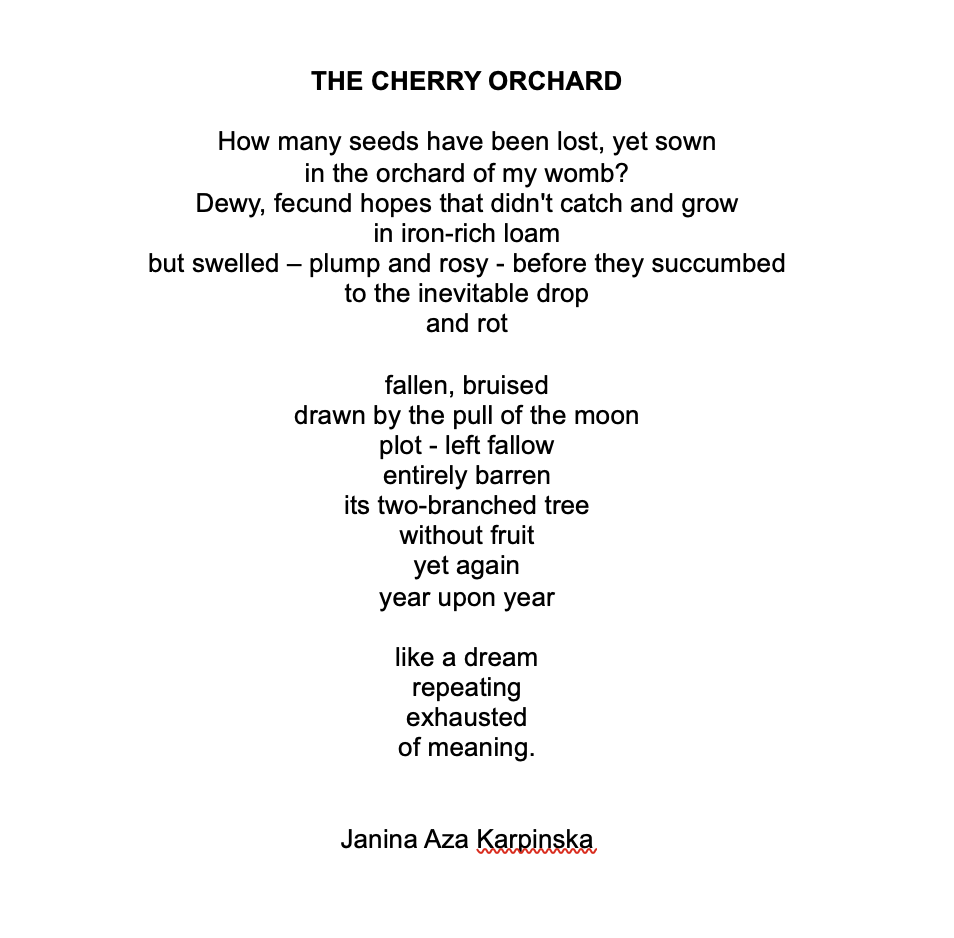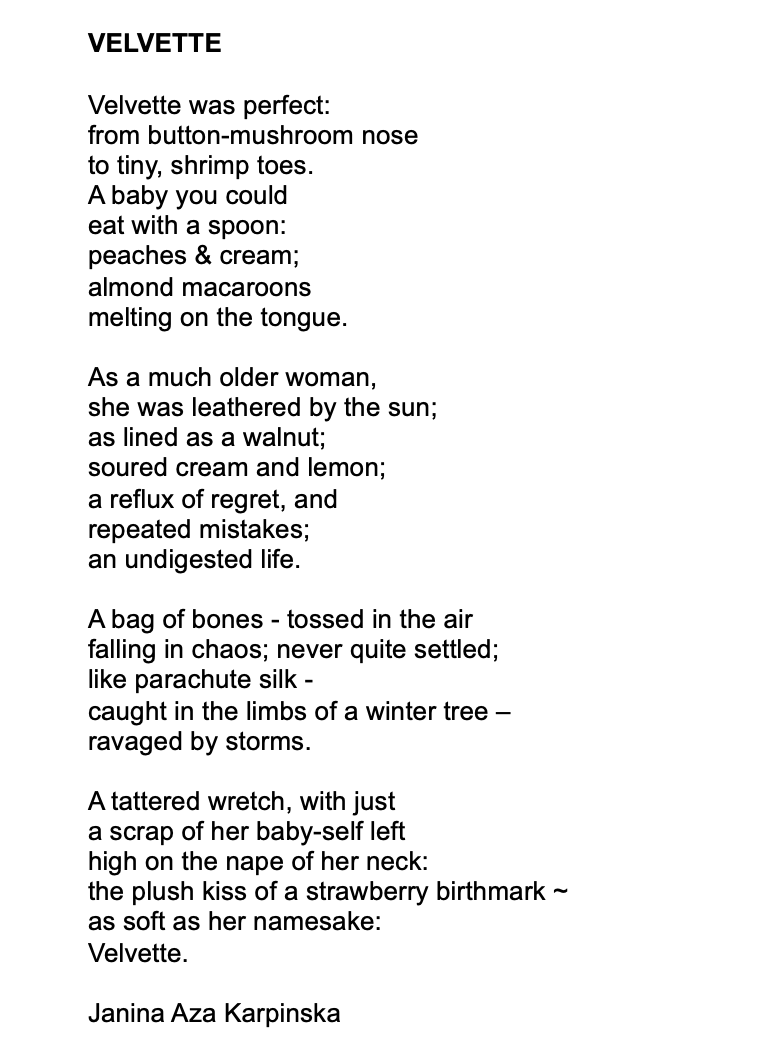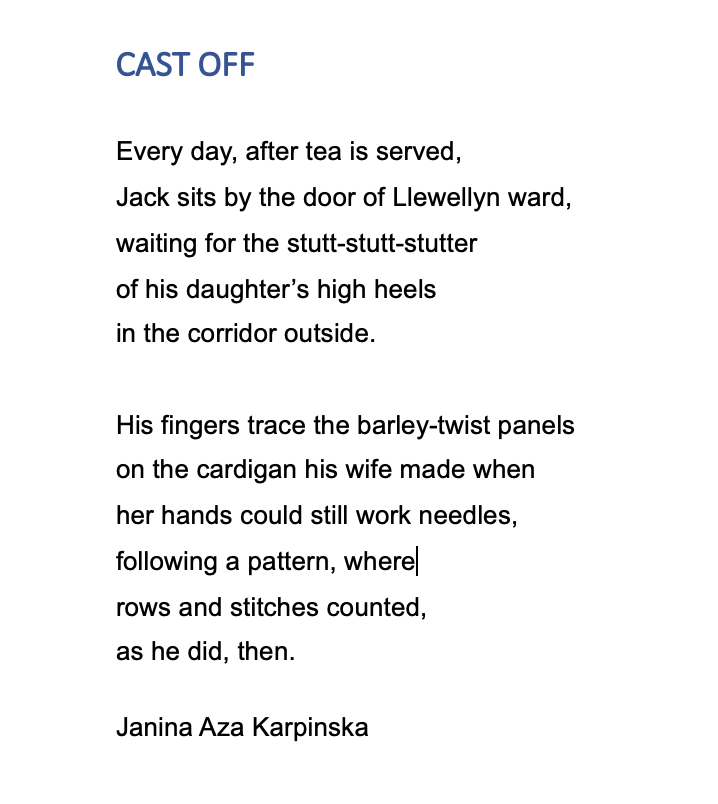The art world is most focused on artists who are 20-35 years of age.
Galleries are looking for the next “fresh young talent,” words which are frequently used to describe exhibitions. Promoting hot young talent might grab the attention of collectors and galleries, Most would agree that art historians and curators have done a poor job over the past century of bringing a full and complete picture of the world’s cultural production. Rediscoveries of artists who were ignored over a lifetime, excluded from public exhibitions but who continued to produce despite the art world’s best efforts to exclude them.
These are now numerous; it can no longer be considered a marginal problem. We know who has been excluded: it disadvantages older artists especially, women, queer and non-binary creators, artists of colour, poor, disabled, and working-class artists. There are many mechanisms that bring about an undervaluing of artists, but there is one that exacerbates all and has been largely ignored: age discrimination.
This subject seems to have touched a nerve and here we have our writers contributions….
>>>>>>>>>>>>>>>>>>>>
Artist name - Imogen Perkin
Website. - https://loisemmaharkin.wixsite.com/innercityoutof place/imogen-perkin
Bio
I am a painter living in Hertfordshire. I make paintings that reflect on everyday life. Most recently I've taken part in the Teesside Printing Prize," A Slash of Blue at Gerald Moore Gallery", South London, and "Abacus" online exhibition with Fresh Salad. Also, I've been featured artist at D31 Gallery Doncaster earlier in the year.
Article/Essay Title
Ageism and the art world
Abstract
It looks at the many instances of ageism in the art world and considers their effects.
Full article/essay
Imogen Perkin
Ageism and the Artworld.
It is a sad fact, but ageism is alive and well, and thriving in the art world. Unless a successful career is already achieved, the artist turning forty will find they are no longer the desirable commodity they once appeared to be. Many of the tempting opportunities and grants on offer are now closed to them on grounds of age. A very small minority will be aimed at “mid-career” or middle-aged artists.
Some arts bodies are blatant in their requests for younger artists, and it is difficult to see how they can avoid prosecution; perhaps because it is not an actual offer of paid work. The sadness is that they have been unable to assimilate the attitudes that legislation is meant to promote.
Other open calls covertly disguise their intention; the word “emerging” being the most common way. It can be substituted for the word “young”. The more thoughtful of them stipulate that they wish for “emergent” artists of all ages: but it is an odd term. What are they meant to be emerging from?
I have also found out that a request for “graduates” does in fact mean Recent graduates, no more than about three to five years out of college. This was carefully explained to me by one curator, using the patient tones of one speaking to an idiot.
Not only is this unfair, but it also presumes a particular sort of career path and progression of work which does not always happen; it predisposes selectors and curators to favour certain kinds of work.
Another type of career opportunity is the Residency. Many sound extremely interesting. But they are poorly paid and temporary, and as such can surely only be suitable for the recent graduate, with no ties. My own feeling is that it is wrong to accept very low payments. It sets the precedent to continue in the same exploitative tradition.
Galleries also discriminate. I had a studio visit where the rep said “It doesn’t matter what the painting is like, for East End galleries you just have to be young”. I have met this attitude several times, if not quite so baldly stated. It is to be remembered that galleries are shops and as such they know that youth, beauty, and poise sell, whereas sagging features and grey hairs do not. The monetary element is always there. The hope that purchases will become a good investment seems more likely if the artist is young. I also suspect younger artists are more malleable and likely to accept terms and conditions.
No one could possibly say it is wrong to encourage and help younger artists. It just should not be done at the expense of others. Other vulnerable groups are equally deserving. Special prizes for the younger artists in prize exhibitions are fine, so long as they are balanced by a good variety of awards for everyone else.
Unthinking discrimination on grounds of age has fostered a blinkered assumption that only an artist of about thirty-five or under could possibly produce cutting-edge or exciting new work and that all the rest of us struggling mortals can be safely consigned to oblivion. In fact many of the world’s most iconic and moving works of art have been created by artists in their later years, often facing great hardship and difficulty. Hokusai made his famous series of Mount Fuji, including the Great Wave, in his seventies. Artists can work to the top of their game at this age and by stopping these people from entering exhibitions you are in fact banning us all from ever seeing their art.
Artist name - Kristyn Bat
Website- www.kristynbat.com
Social media links
@kristynbat @wayfaringpainter @la.reina.de.fructs
Bio
Kristyn Bat is an angry mom from Florida (yes make the jokes and ask me about the weather) with delusions of grandeur that have propelled her into a life as a doctoral researcher in Germany and she's not really sure how she got here but it probably has something to do with that nasty zine writing habit and the compulsion to draw grumpy cartoons of herself when she's not getting enough attention.
Article/Essay Title
Florida sluts in space
Abstract
In space, no one can hear you re-explain your research proposal for the fourth time today. KEINE ZIELE. KEIKEINE FAMILIE. KEINE SCHWERKRAFT, DIE DEINE TITTEN HÄNGEN LÄSST.
……
The ice cream is freeze dried and I have to strap myself in to pee
It feels like time is not slipping but sloshing by me; things happen in wet, ugly chunks, both good and bad.
I’ve been drawing more, but then for days I don’t, and it’s like it was just another pipe dream - that I should be able to do something (even this, waking up early, writing, literally anything that’s good for me) consistently. I organize some sources, write emails, put on my three jackets and scarves before I walk the dog. I drink red bull, find a few hours of kindness and generosity, then crumple myself back into bed.
When I was fifteen, I found this old, crusty leather jacket at a thrift shop. It had gotten dry and damaged, probably a result of leaving it out in the Florida sun. It fit, but more like a hard cocoon or being encased like a rhinoceros in a plated skin. The jacket was a missing piece of the punk rock wardrobe puzzle, and I wanted to fix it up so bad. Leather conditioner, oils, stomping up and down on it with my imported steel toe boots, getting my stepdad to run it over and over with his pickup truck.
I only have bad habits, ruts and uncomfortable patterns. I keep them. They hurt. They fit.
My boyfriend Zak was the lead singer of a punk band back in these days - they called themselves "The Annoied." I wasn't allowed to go to many of their shows, or hang around and get drunk with them on Friday nights. So I made stuff. Zines, flyers, mix tapes, collages, angry letters. In English class that year, we were tasked with completing an independent research project on a topic of our choosing, so I chose to write about the band. I interviewed band members and friends, I bought books on gender and subculture, referenced song lyrics and analyzed the role of different subgenres within the scene. The Annoied broke up mid-paper, and the final work was so biased and bratty that even Zak and I had stayed together, the rest of them would never have let me back into the fold. Of all the writing I’ve done, it's the piece I am most - well, annoyed - about not keeping. Part of me craves the inevitable self-deprecation that would come from this twenty odd years later reading, the cringiness and whiny tone I’d find, but I also know there’s something valuable about what I did, why and how, and from a teaching perspective, the assignment itself. But mostly I want to remember what it felt like, the thrill of research as a practice of setting everything on fire, the validation of fearlessly watching bridges burn to the ground.
Maybe it’s best if every copy has been long since turned into pulp and living a thousand new lives as paper bags and Nike shoebox liners. I’m sure I searched my old pink file cabinet ten times when I was in the height of my COVID-Zak-limerence-fever dream. I was looking for anything to connect me - a photo, scrap of fabric, journal entry - to transport me bac
>>>>>>>>>>>>>>>>>>>>
Artist name - Christine Duffin
Social media links @christine.duffin.3d
Bio
Currently studying for a BA in Fine Art. My work emphasises line, mark marking and the divisions of space both literally and metaphorically. I use a variety of mediums in both 2D and 3D work. I am currently developing work that operates between landscape and mapping both to explore the environment and the human body. I'm also embarking on a photographic project investigating how shops and shopping, both physical and vital, have integrated themselves into modern society particularly as historically shopping has always been seen as a female role.
Article/Essay Title
Thoughts on Ageism
Abstract
A consideration of the how the art markets attitudes and response to age and death and differences between these responses for well established and struggling artists; how there is a constant drive to chase 'the new', and how this is associated with youth not only in the art market, but in society more broadly; how students are choosing art as a second or third career, and by virtue of taking up this challenge in later life, confront stereotypes about age.
THOUGHTS ON AGEISM by Christine Duffin
An irony of ageism in the arts is that for well-established artists, the nearer you get to death the more likely the value of your work will increase. Actual death, of course, is the best of all; supply ceases and there is only demand, and for collectors who don’t have the capital for such heady prices, a search for the next new thing.
This constant search for ‘the new’ and an attitude that only the young that can be innovative, challenging, and uncompromising, is a thorny issue in ageism. Despite in recent years the Turner Prize going to older artists, the art market still mainly invests in young artists; and sadly, artists in their 40’s and 50s are more likely to be marginalised than those in their 60’s and 70’s. The latter can at least remind us of how bad things were for marginalised groups fifty years ago, but this tends to add a romantic gloss about the changes over the decades even though for the majority of older artists i.e. anyone over 45, little if anything has changed.
In most walks of life, there seems to be a deep-rooted sense that if you haven’t made it by the time you are 45, then you will never make it. And by the time you are seventy, you are being lined up for the residential home. Young minds undeniably absorb information much more easily and for subjects like maths and language, the younger you start the better. Art though, requires observation, discernment, patience, curiosity, and understanding of the human condition, all skills that come with age.
I am not in the category of artists that have been working away for many years unrecognised. I am in the growing number of art students and emerging artists undertaking formal, academic courses; art for us is a second or even third career, bringing to it a disparate range of skill sets. Despite being in my seventies, I’m undertaking a BA in Fine Art. And yes, it is a ‘proper’ Bachelor’ degree and no, it is not a ‘university of the 3rd age’ – which is the sort of question that I am often asked by friends and associates. Within the art college, you can be 18 or 80, the same assessment criteria apply. You have to work with young and old alike. You are expected to develop an art practice; and to be an emerging artist.
The question is, though, can older students create work that is innovative, challenging, and uncompromising? Are we prepared to take on marketing and social media skills to put ourselves out there? I would say yes, looking at the work of my more advanced fellow students. Inevitably, there is physical deterioration with age, but this just means finding new art forms – think of Matisse or David Hockney. What I have learned thus far though, is to find cracks in social norms; to sidestep pigeonholes, to punch holes in the fabric of expectation, and to make it part of your practice.
Christine Duffin
(Christine is current studying at the Art Academy, London.)
>>>>>>>>>>>>>>>>>>>
Artist name - Janina Aza Karpinska
Website phttps://thelifesymbolic.wixsite.com/artswithheart/writing-projects
Social media links
https://poetonpoetscorner.blogspot.com/
Bio
Bio: Janina Aza Karpinska is an Artist-Poet-Writer & Spoken Word Performer from the south of England. She gained an M.A. in Creative Writing & Personal Development, with Merit, at Sussex University, shortly after which she won 1st prize in the Cannon Mouth's Poetry Competition. Her work has appeared in Bath House Journal; Willawaw Journal; The Third Way; The Empty Mirror, and others. She makes a daily practice of writing, drawing on many influences and employing a variety of styles.
Article/Essay Title
Age-Related 'I' Dis-ease
Abstract
4 poems that broadly and creatively relate to the theme of Ageism (I saw that it was an open Call, but I like working to a brief! And these poems called to me) Thank you!
>>>>>>>>>>>>>>>>>>>>>>
ARTIST - Simone Marconi
Social media links
https://www.instagram.com/simone.marconi_/
Bio
Simone Marconi (Recanati 1996) is an Italian artist currently based in Bristol. From a young age, he begins doing graffiti-writing; an experience that led him into formative situations and moments that left an indelible mark on him. Marconi moved to Bristol in 2018 and enrolled in the Art & Writing BA programme at the University of the West of England in 2021, where he is now continuing his artistic research. In October 2022, he exhibited some of his artworks in the group exhibition Futura Forma at Avantgarden Gallery (Milan), and in the REA fair at Fabbrica Del Vapore (Milan). Lately, Marconi has also been nominated as a finalist of the 11th edition of the Prisma Art Prize (Rome), and exhibited at Safehouse2 (London) in the group show "Just the Powder of the Flute.
Article/Essay Title
Clifton Interlude
Abstract
Clifton Interlude is a short experimental text reflecting on the Anthropocene.
>>>>>>>>>>>>
Artist name - Harry Levene. Website - www.harrylevene.co.uk www.sigil8.com
Social media links - @harrylevene


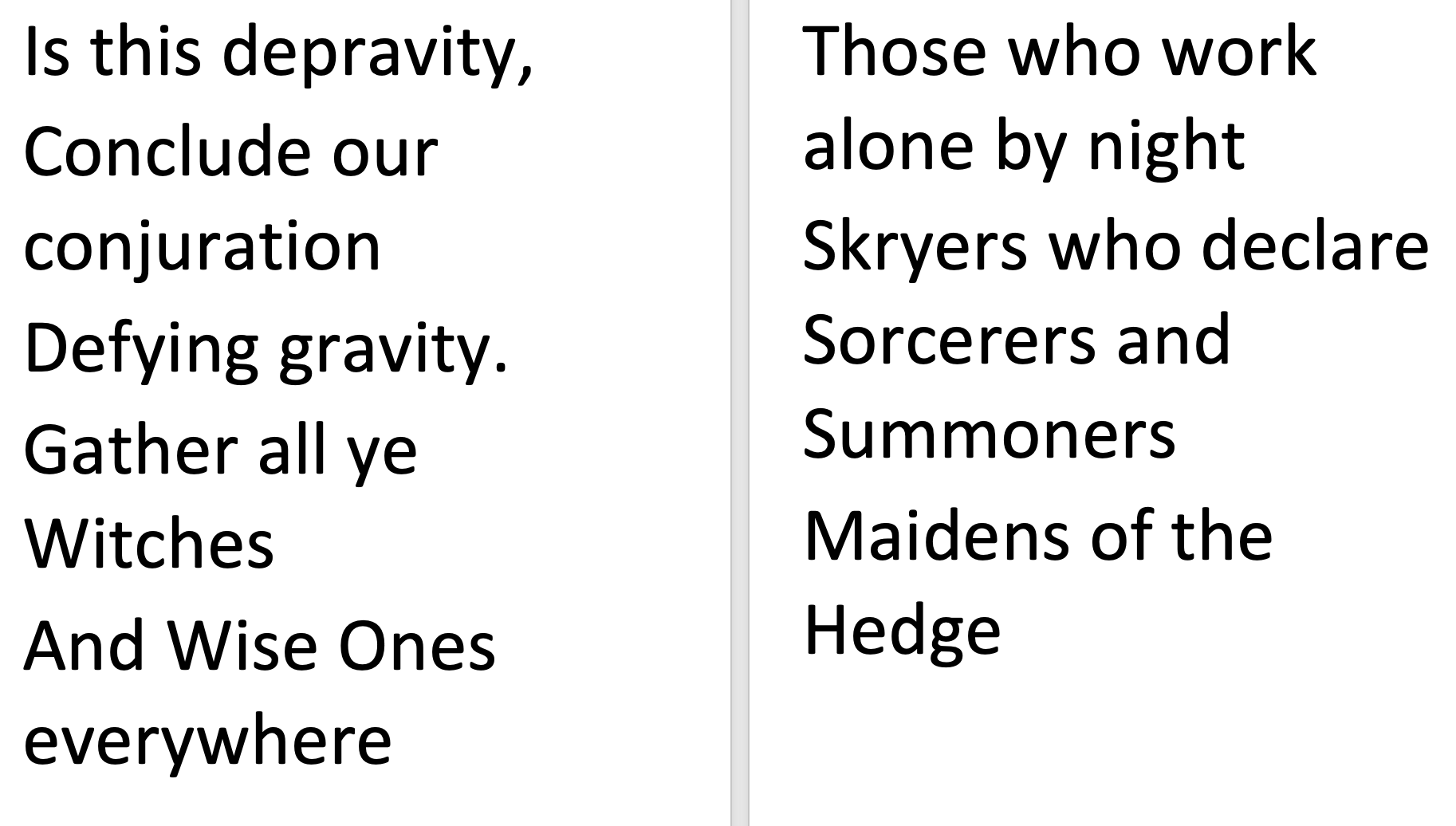

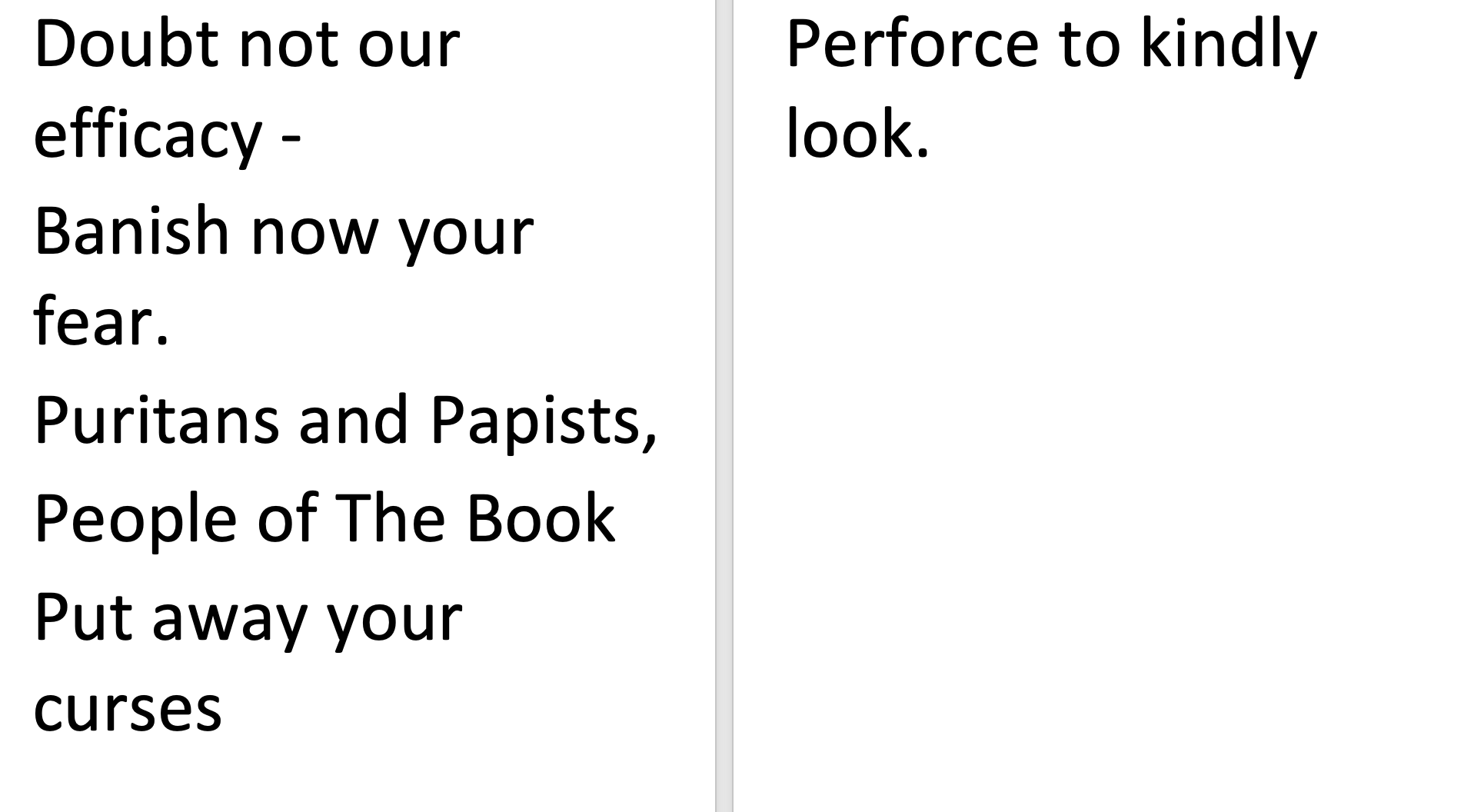
Bio
Harry Levene: studied graphic design at St Martin’s School of Art (now UAL); examining the relationship between words and images, an interest which continued thereafter as a visual artist. He developed his own painting techniques combining traditional artists’ materials with others recycled or found, often testing the boundary between painting and sculpture; depicting the natural and supernatural, the mythical and the everyday. He has exhibited in the UK and overseas.
Article/Essay Title
Hearth
Abstract
Verse:
The text only shows the whole verse. The image with text file shows Hearth part 1.
Commercial illustration usually supports a new or extant text. Here, the verse was written after the image was created. (oil on canvas).
(Other file formats available, if required.)


